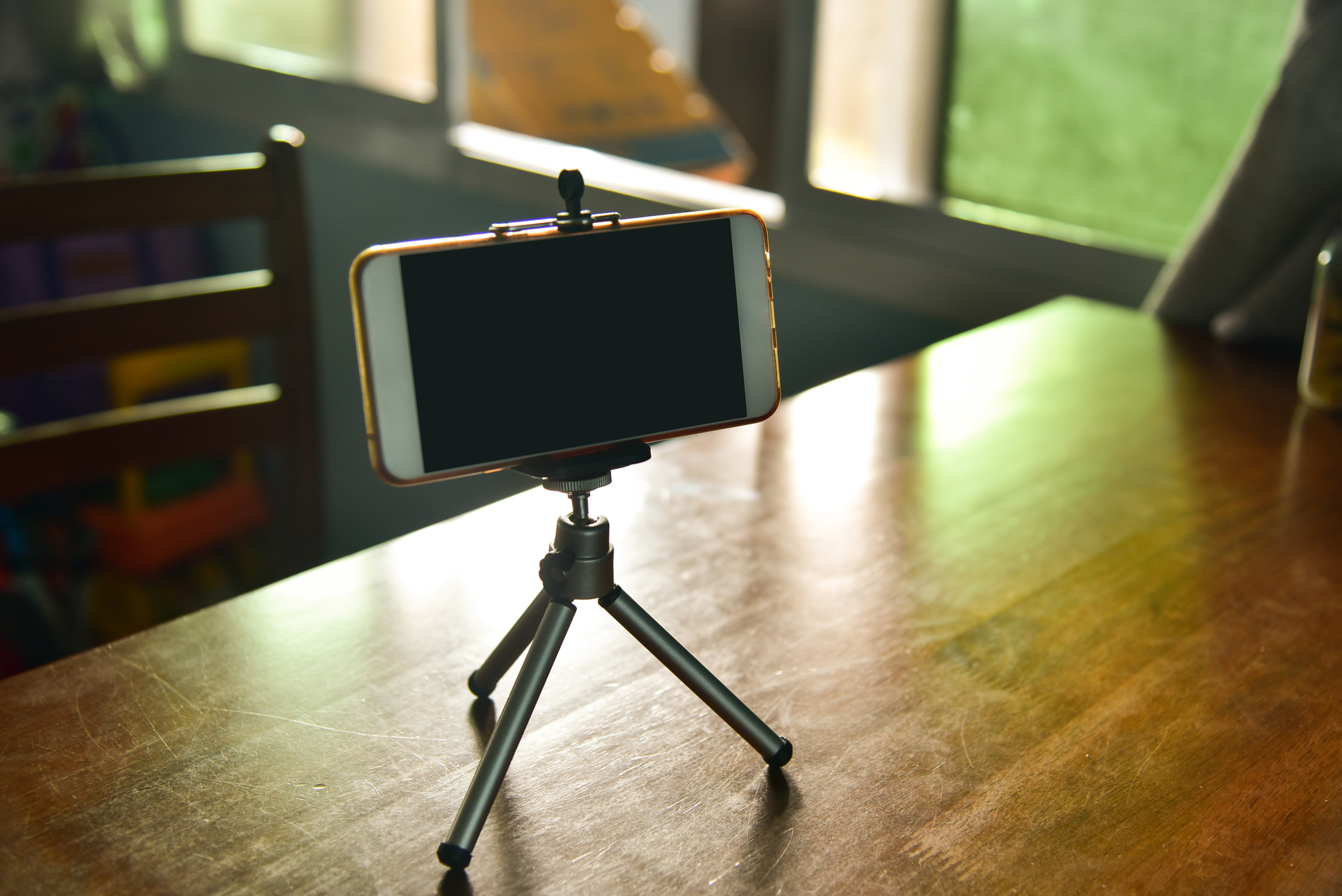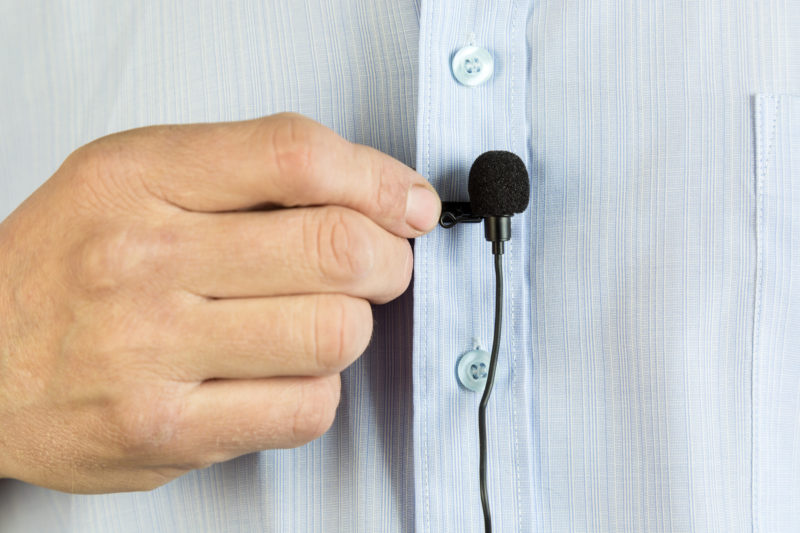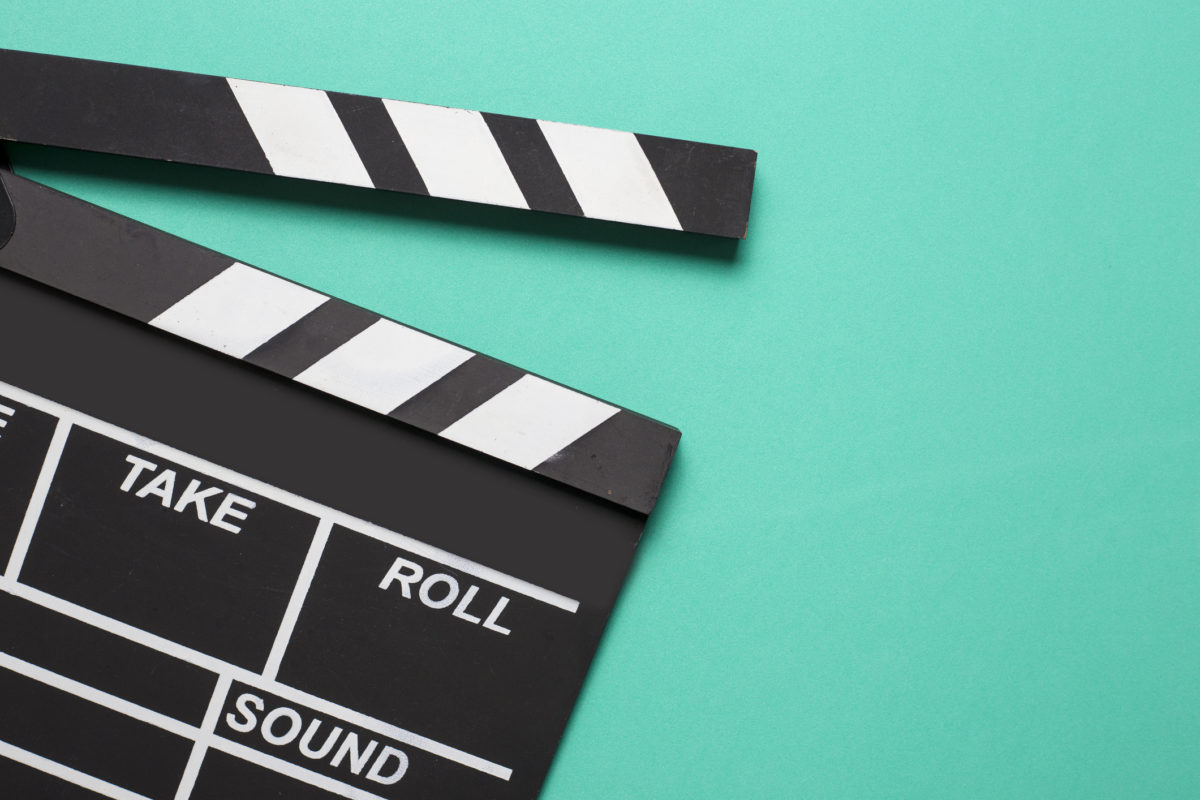You already know that video is a powerful way to share your nonprofit’s impact.
And we already know that not everyone has the budget to hire a professional videographer. Determined not to let a lack of resources get in the way of a good video, Retainer Media created their own how-to video series and their founder, Benjamin Packard, offered a workshop on How to Make a Video for Your Nonprofit for Under $50 at the Foundation Center in San Francisco. We attended this workshop, and it blew our minds!
So we wanted to share the actionable tips we learned on how to make your own video great without great expense.
The following post is geared towards anyone who’s comfortable learning or using iMovie to edit video footage or finding someone else to edit your video. With helpful pro-tips from Benjamin, you can make a better video for your nonprofit on a budget:
THE MAIN RULE = do something awesome.
Video gives you a megaphone for your message. It will bring people to your website, but won’t keep them there forever or convince them to donate to a cause that they don’t understand.
Tip #1: It’s not about the toys.
Steven Spielberg didn’t make great movies because of the camera he used. What makes a good video is the skill of the person filming and the way you present the elements of your story.
The best video camera according to Benjamin? Your iPhone.
Tip #2: Use. A. Tripod.

You might think you’re not shaky, but you are. Benjamin is convinced that nearly every dad has a tripod. So, if you have a dad or father figure in your life, ask them to borrow theirs. Or you can get an inexpensive tripod and phone mount combination on Amazon.
Tip #3: Frame your scene using the Rule of Thirds.

If you’ve ever taken an art course, you’re probably familiar with the Rule of Thirds. It’s a rule of thumb used to create well balanced and interesting images. The photo above demonstrates how this works: the idea is to place your main point of focus at one of the intersections on the grid.
Tip #4: Pay attention to the lighting.
Cameras are smart. Keep yours on automatic for your first few videos—even the professionals use these settings sometimes.
But cameras don’t like harsh lighting. For the best results when you’re outside:
- Don’t film in direct sunlight. Shoot in the shade.
- Dawn and dusk are the best times for good light. (You can also use the Golden Hour calculator to find the best lighting for filming on a particular date).
If you’re filming inside: shoot near a window with the most natural light you can find.
Tip #5: FRAME YOUR SUBJECT THOUGHTFULLY.

When you’re filming an interview, crop from the top of the head to the collarbone and find a neutral background to keep the focus on the person.
Tip #6: Ask for answers in complete sentences.
Have your interviewee speak in complete sentences. It’s natural for people to speak in fragments, but for ease of editing, you should have your subject include your question in their answer. For example:
Q: How long have you worked with this organization?
A: Fifteen years.
Q: Could you please state that for me as a complete sentence?
A: I’ve worked with this organization for over fifteen years.
When your interviewee speaks in complete sentences, you’ll be able to edit your interviewer’s voice out of the final video.
Tip #7: Pay attention to the audio.
People often neglect the audio, but it’s one of the most important aspects of a good video. When you’re filming interviews, find somewhere quiet.
There are three good options for capturing quality audio when filming:

- Purchase a lapel microphone for under $20 and clip it to your subject’s shirt. Then, connect it to the audio jack of your iPhone. This will keep their voice crisp even when your camera is far away.
- Get the phone you’re filming with as close to the person as possible.
- A “super macgyver” option is to use one iPhone to capture video and place a second iPhone close to your subject to capture sound. Then you can sync the video and audio in post-production.
Tip #8: Find great background music.
Find timeless music that matches the mood of your video. Some songs have restrictions on use, so make sure to find ones that are labeled “royalty free.” One place to search is www.bensound.com. Make sure to provide credits at the end of your video if required.
Tip #9: Keep it short and sweet.
That means < 2 minutes. You’re competing for attention, so you want to get your message across as quickly as possible. Think it’s impossible? Watch this example of a well-told story in under 30 seconds:
Tip #10: Ask for feedback.
In Benjamin’s words, you have to “accept the fact that your first draft will be terrible.” Get honest feedback from colleagues and strangers to improve your content (but he says, “Don’t ask your mom – a mother’s love is blind.”)
As with any creative endeavor, making a video for your nonprofit is a process that requires time and resources. But, with the right advice and vision, you can bring to life the most important aspects of your work. For proof that an eye-catching video doesn’t have to be a huge production (and for some final inspiration), here’s Benjamin’s own Balloon Hat Video made entirely of photos, which was featured on Oprah’s blog:
Universality from Retainer Media on Vimeo.
It’s projected that video traffic will make up 82% of all consumer internet traffic globally by 2021. In simple terms, that means people will be spending a LOT of time watching videos in the next few years. It’s worth learning how to create a video—a medium that your supporters already enjoy—to build awareness for your cause.
Want an extra set of eyes on your video? Share it with our community in the comments and we’ll let you know what we (honestly) think!




